Call to arms for new ‘disaster force’ to combat weather related crises
A new national force will be created to assist in natural disasters in Australia instead of leaning on the Defence force. See how it will work.
Exclusive: A new national disaster body will be created to respond to bushfires, floods and other national crises to remove the burden from the Australian Defence Force.
The Federal Government has agreed in principle for the ADF to become “the force of last resort” and instead of khaki combat pants the public should expect to see a blue overalls brigade to deal with national level emergencies.
The make up is yet to be decided but the framework compliments the Disaster Relief Australia (DRA) group made up of military veterans which came together to respond and support communities including North Qld, Central West NSW and northern Victoria in the past 12 months.
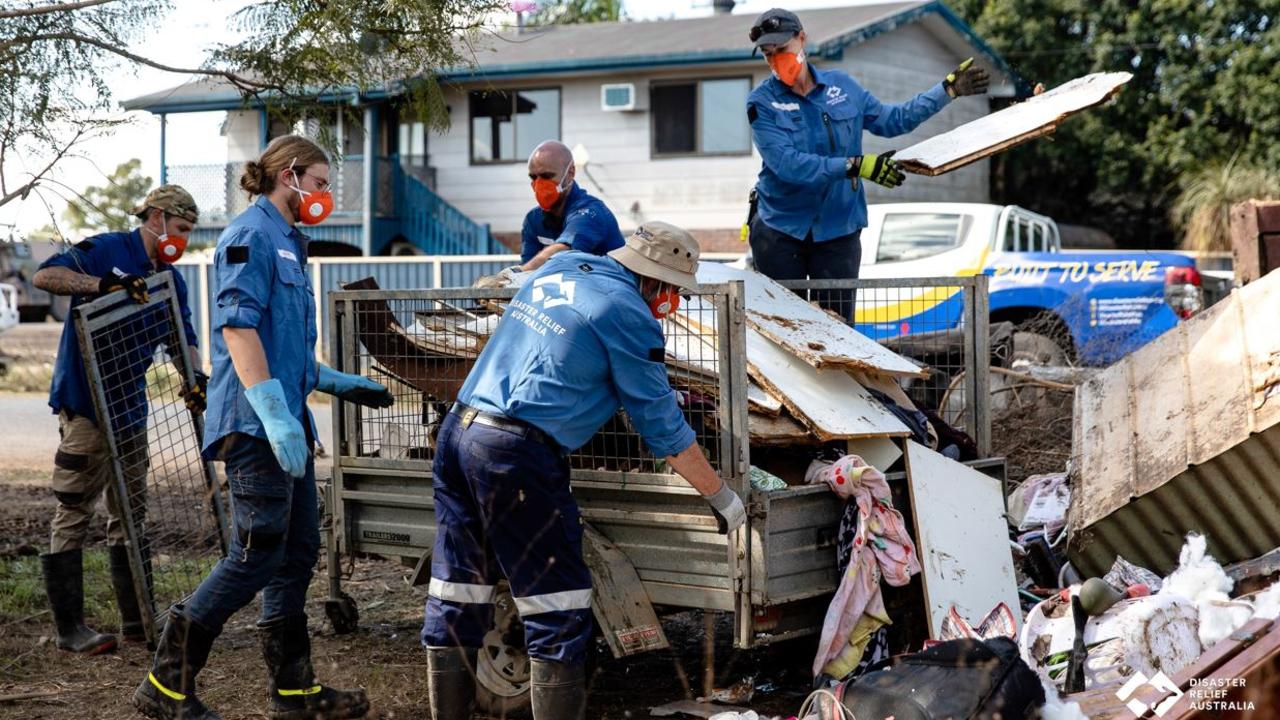
Federal Emergency Management Minister Murray Watt will today release a discussion paper for options to develop resilience and response measures to combat annual climate related crises.
The paper, calling for public comment, will inform the structure and funding for Commonwealth capacities.
Among considerations is further boosting the DRA as a national body, greater resources for the States and Territories – who remain the primary emergency responder agents – or a US-Canada style auxiliary “surge workforce” activated only for peak season.
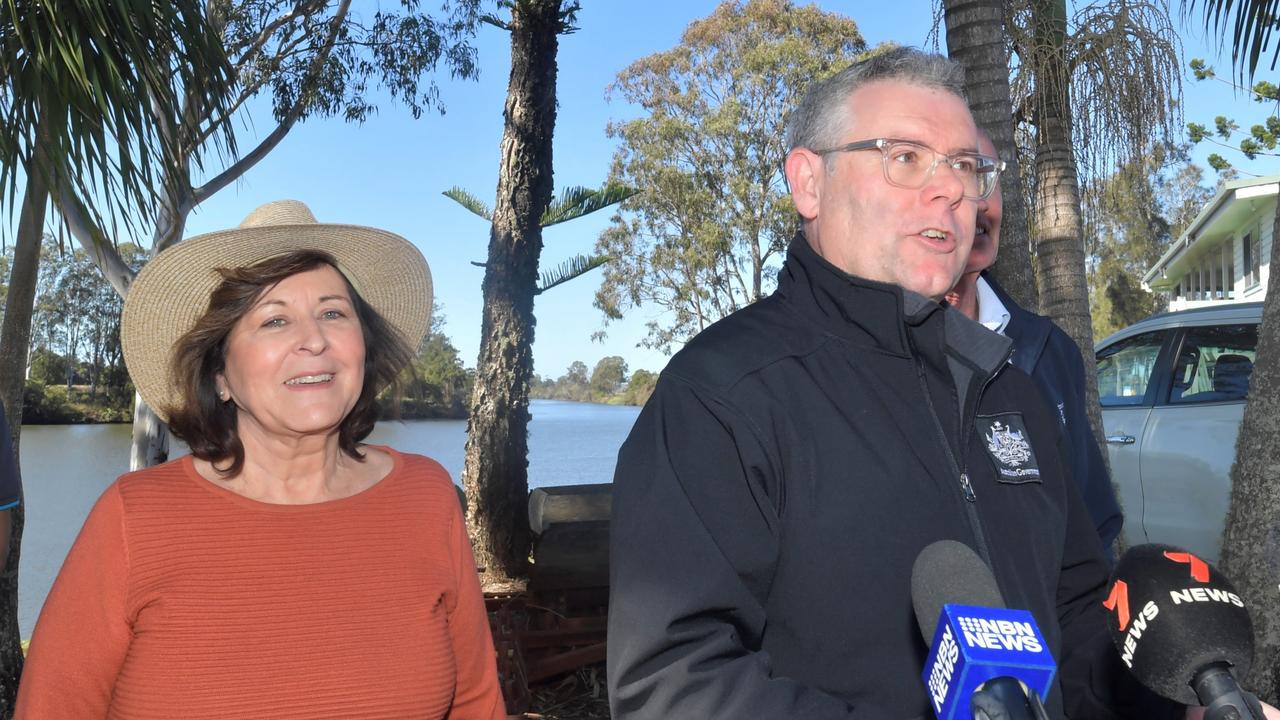
Senator Watt said it is about being better prepared for the “disasters we know are coming”.
He said since 2019, 80 per cent of Australians lived in local government areas that had experienced some kind of disaster and the geographic scale and intensity had put immense pressure on the ADF, emergency services and State volunteers.
Climate change meant a dedicated “disaster force” was needed with the ADF held back as a last resort.
“There is a sense of urgency,” Senator Watt said.
“We haven’t got time to waste in both preparing for disasters and having the forces that we need to respond to them and that’s why we’re moving in our first (government) term to try to make sure that we’ve got the disaster workforce that we’re going to need in the future.”
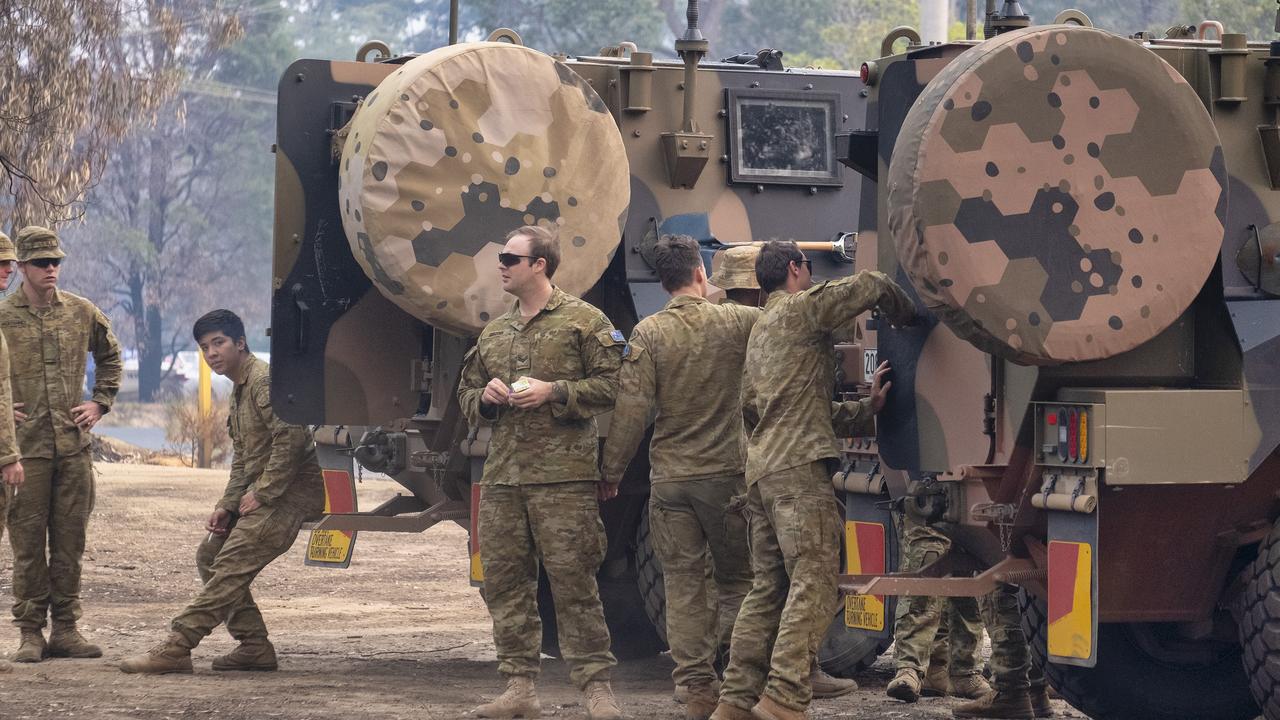
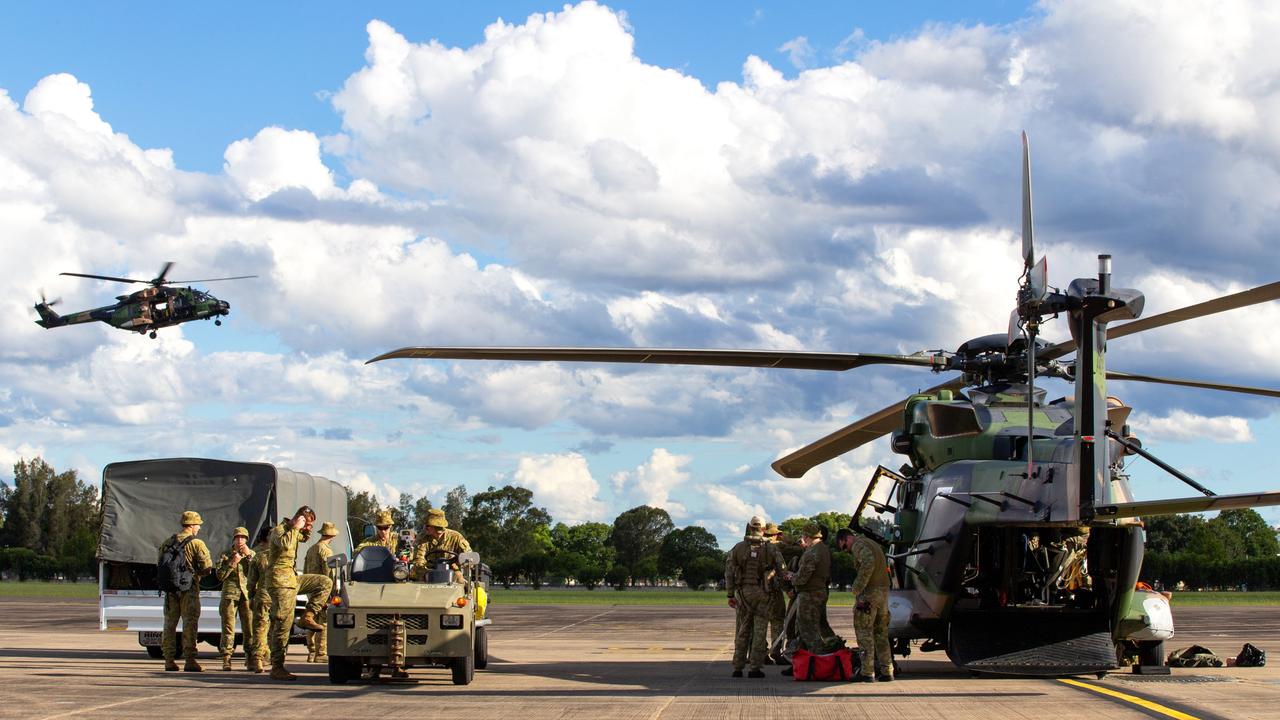
The Defence Strategic Review released earlier this year flagged the need for an alternate force as it noted the ADF was not structured or equipped as a domestic disaster recovery agency.
“The acceleration of major climate events risks overwhelming the government’s capacity to respond effectively and detracts from Defence’s primary objective of defending Australia,” it noted.
“While the ADF is proactively postured to support the response to emergency domestic crises, the provision of prolonged support in recent years – particularly in non-core roles – is impacting preparedness, operations, regional engagement, retention and modernisation. This coincides with a period of strategic uncertainty and increasing security-specific demands on the ADF, particularly in the Indo-Pacific.”
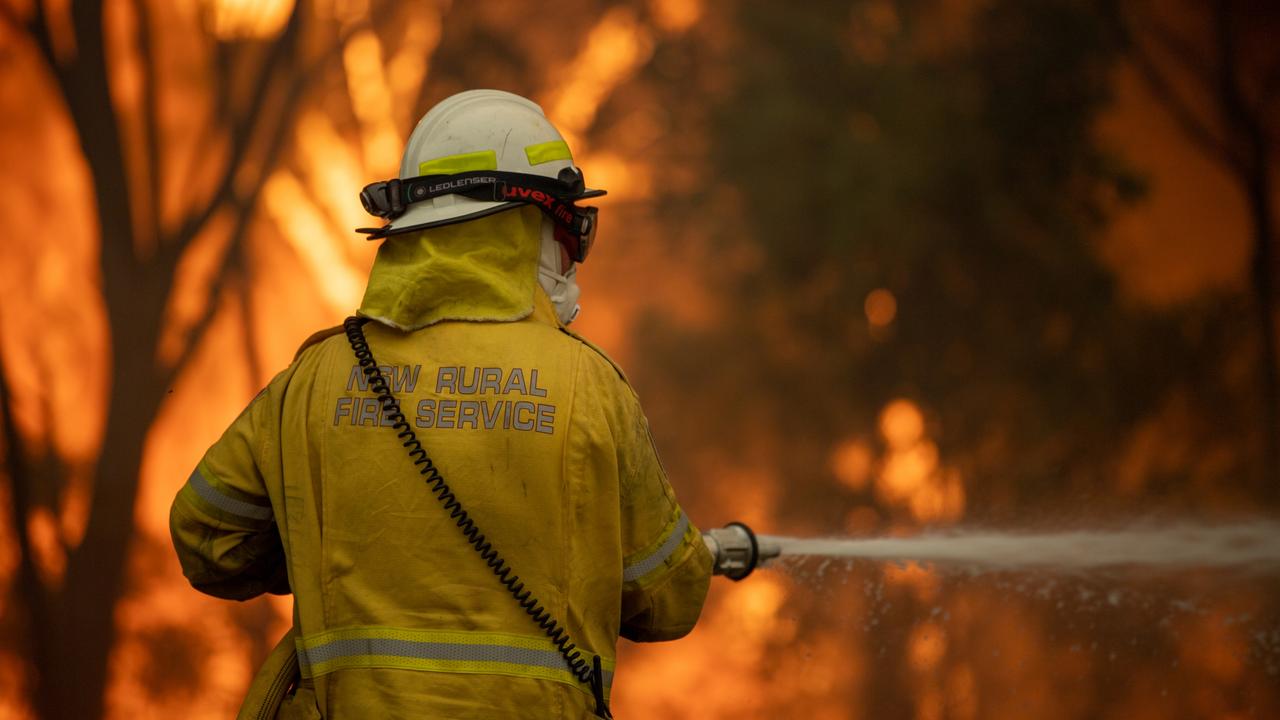
Senator Watt said climate change was driving more extreme weather and he hoped discussion paper recommendations would be implemented by the second half of next year.
ANALYSIS: ‘ENOUGH IS ENOUGH’
During the Black Summer bushfires, images of Australian Defence Force personnel in the air, on the ground and making rescues across the seas offered some public comfort the war on nature would be won.
Then came Covid-19 for which at the pandemic’s peak in April 2020 more than 2000 troops were deployed to cover off on everything from contact tracing and border control to even helping process national civilian Job Seeker payments.
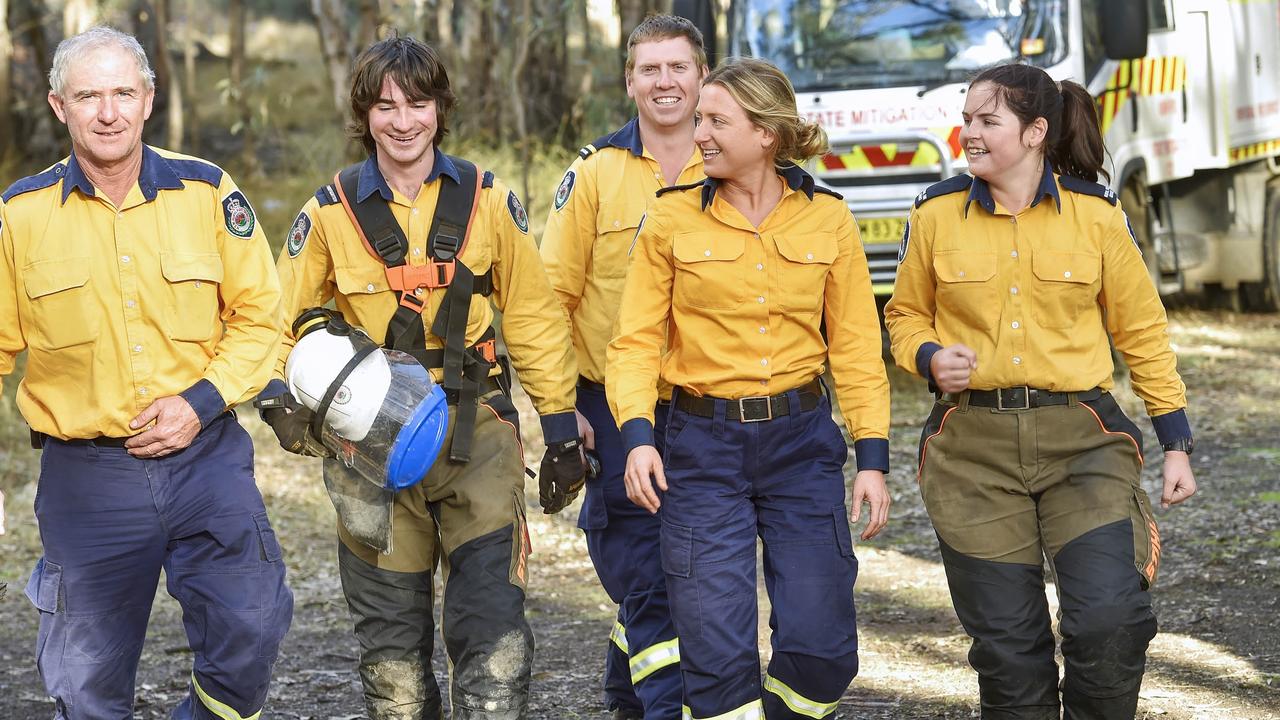
By October 2022 more than 19,000 Army, Navy and Air Force and Defence department staff were forced to abandon their training and day jobs to tackle the virus.
And in between the two events there were the floods across much of the country with thousands more troops on rescue and clean up duty.
They performed with professionalism and success and rightly received public gratitude but enough is enough.

As the Royal Commission into Natural Disaster Arrangements concluded the public perception the ADF could assist in all and everything was just not reasonable.
There are critical roles for which they do have specialist skills and hardware and should be called out but Defence must be the force of last resort for domestic aid to the civil community not first port of call.
Between State authorities, as the primary responders, and the ADF has to sit a well-funded and volunteer Commonwealth force to handle the bulk of disasters.
Given the critical and urgent geostrategic risks that the nation faces, the ADF cannot afford to be constantly distracted.
Climate related weather crises will only increase so the sooner such a force is in place, the better for public safety
Originally published as Call to arms for new ‘disaster force’ to combat weather related crises




